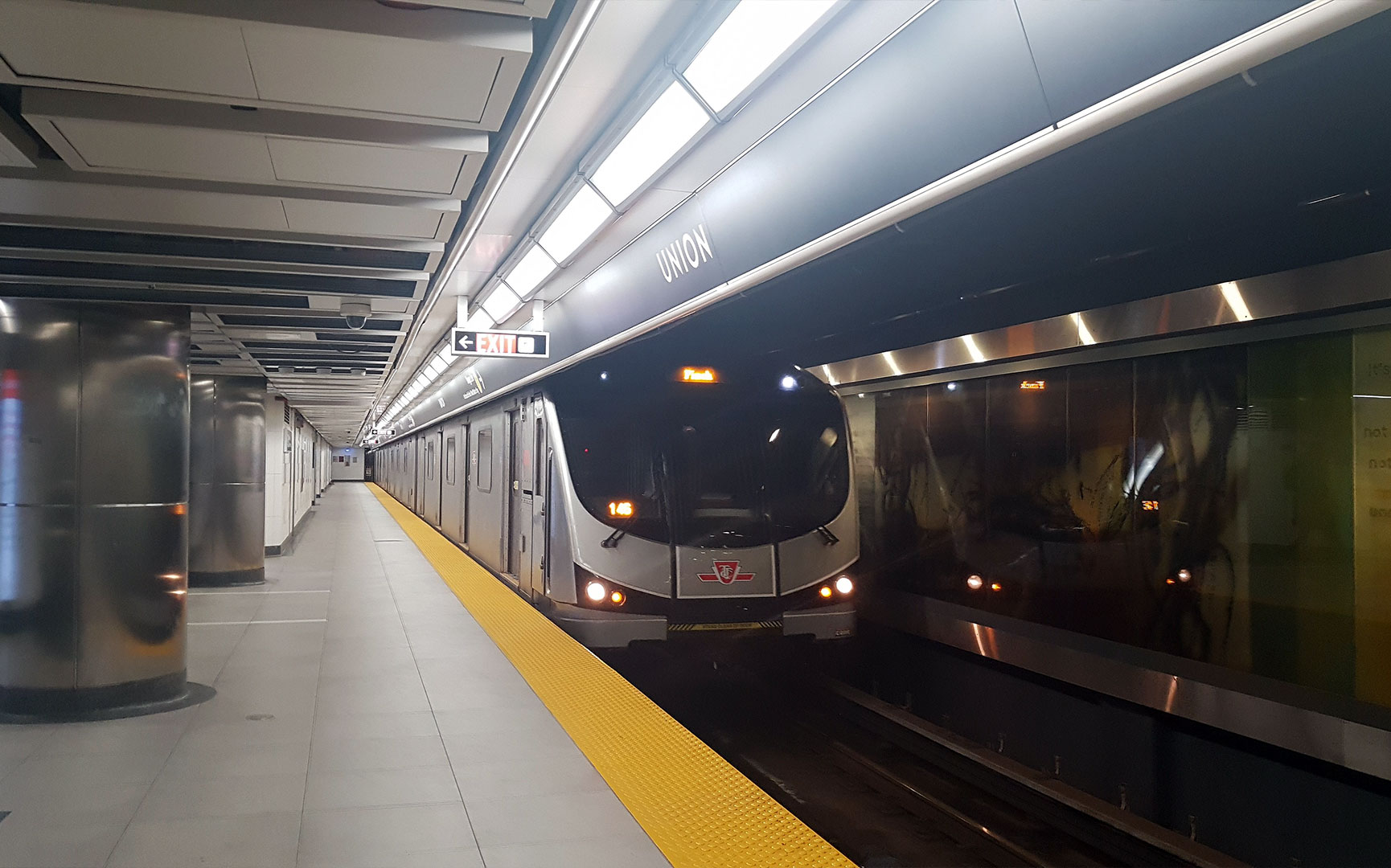Notification Center

train-detectionChina
Beijing Metro Line 12
The Beijing Metro Line 12 is the first metro line that combines Frauscher Advanced Counter FAdC® and Railway Signal Safety Protocol Type I (RSSP-I). The line is currently under construction and expected to be put into operation at the end of 2024.
Beijing Metro Line 12 is a metro project in northern Beijing. It is 29,6 km long with 21 stations, located in one of the busiest commuting areas, connecting four major urban districts. The project is estimated to be put into operation at the end of 2024. It is the first metro line that uses Frauscher Advanced Counter FAdC® as the fallback system of CBTC in Beijing.
Furthermore, following the combination of the Frauscher Communication board (COM) and the Railway Signal Safety Protocol (RSSP) that has been implemented successfully in Huangpu Tram T1 of Guangzhou and the Fenghuang Maglev Line in Hunan Province, Line 12 is also the first metro line that uses this proven technology.
The RSSP is mentioned in the standard specification for the Chinese railway industry, which has been commonly applied for data transmission in the CBTC system. Frauscher’s technical team has developed the communication board that supports the RSSP protocol (COM-RSSP) and successfully obtained the CENELEC SIL 4 Certification two years ago.
Software interface
Frauscher Advanced Counter FAdC® is able to communicate with higher-level systems via the Ethernet interface using customised protocols. The protocols RSSP and FSFB have been used in China.
Installation friendly
The tail cable of Wheel Sensor RSR180 and Frauscher Rail Claw SK150 are specially designed for easy installation without track drilling.
This might also interest you

train-detectionTaiwan
Shalun Signaling

train-detectionFrance
Homologation for the Île-de-France tramway network

train-detectionUnited Kingdom of Great Britain and Northern Ireland
Churnet Valley Heritage Railway

train-detectionUnited Kingdom of Great Britain and Northern Ireland
London to Corby
